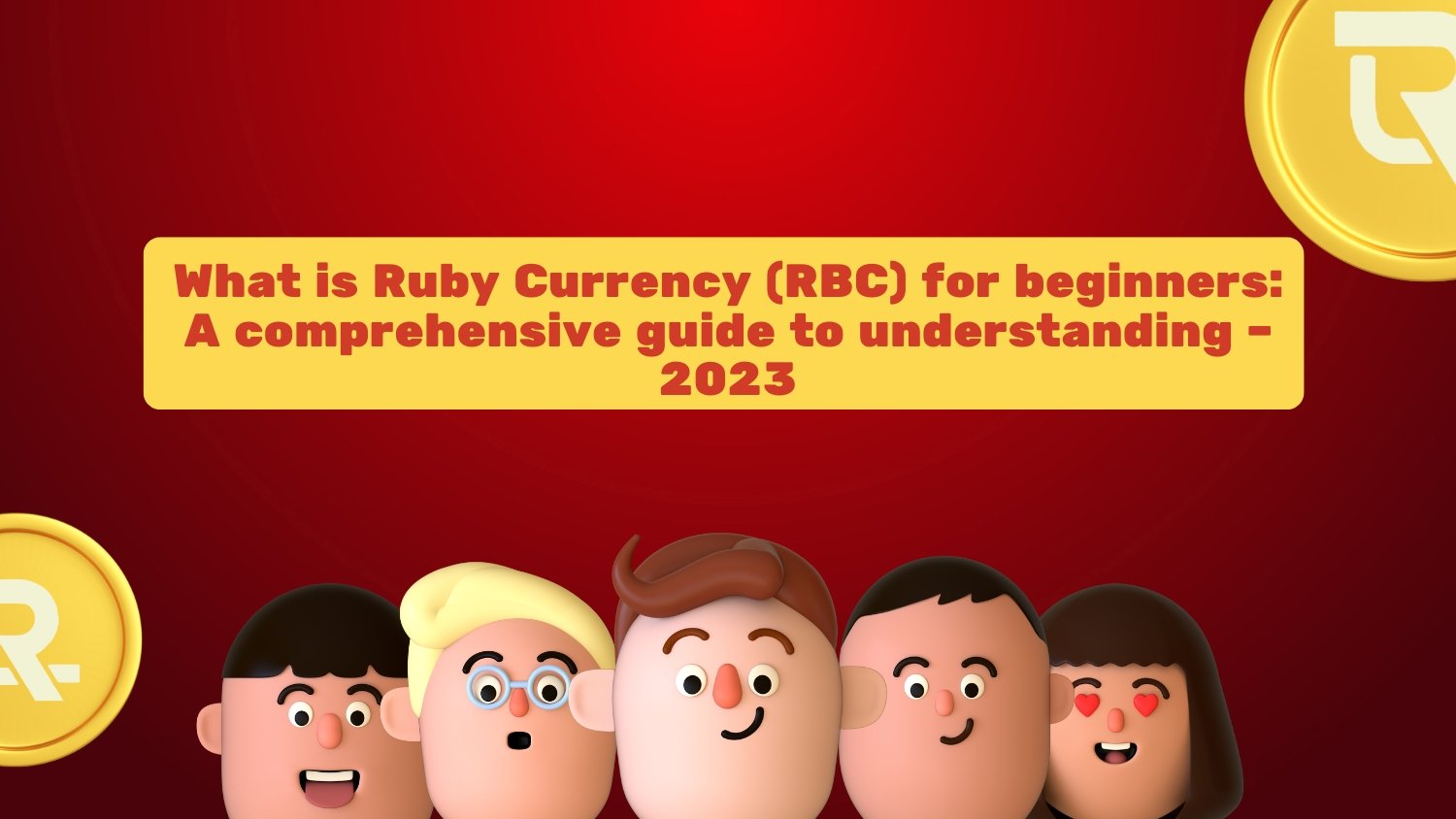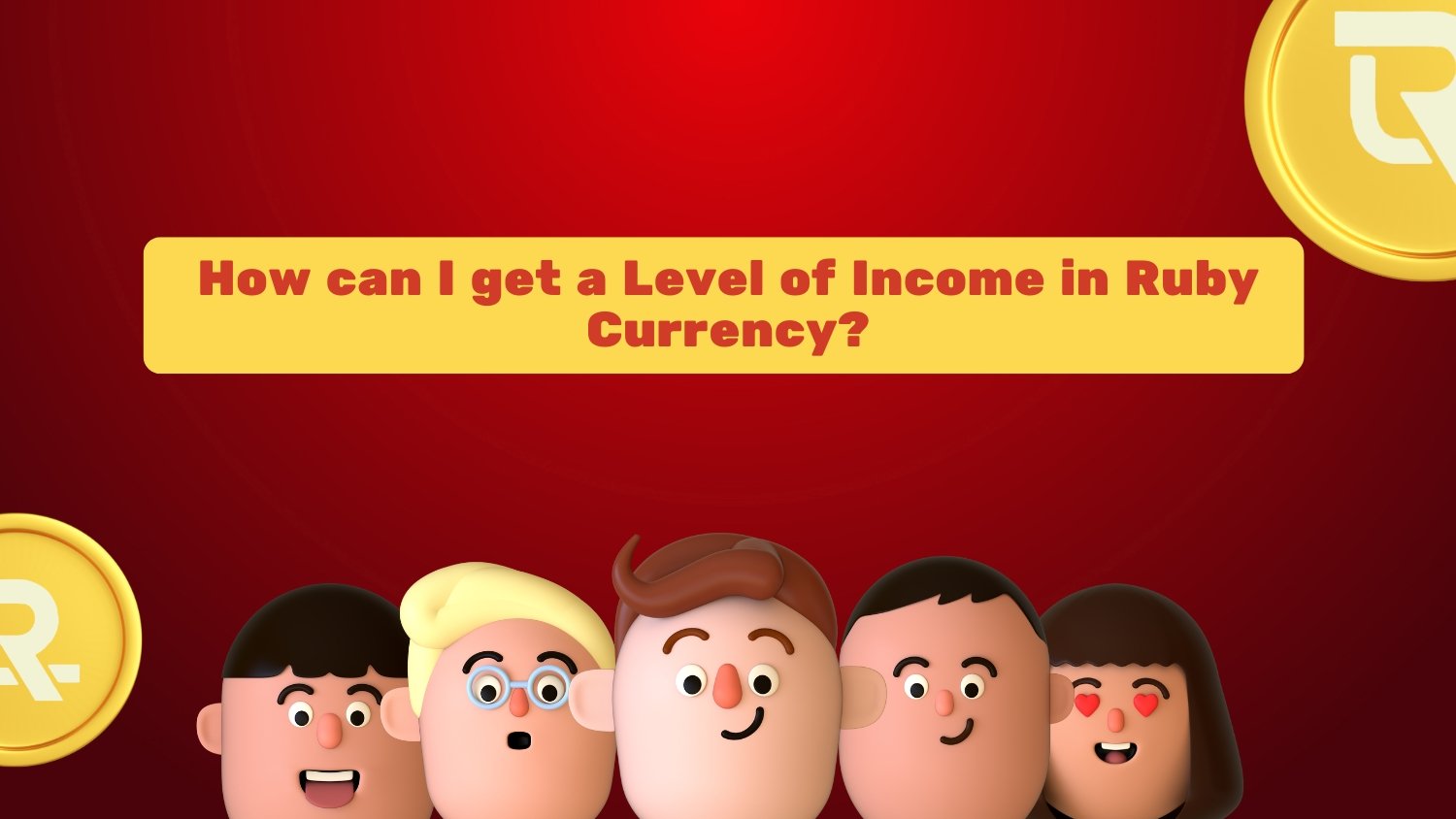Introduction – Ruby Currency (RBC) is a decentralized digital currency that enables instant payments anywhere in the world. It uses peer-to-peer technology to operate with no central authority: transaction management and money issuance are carried out collectively by the network.
Explanation of what is Ruby Currency (RBC)?
Ruby Currency (RBC) is a decentralized digital currency that uses ERC20 & TRC20 blockchain technology to enable secure, direct transfers without the need for a middleman such as a bank or government. It is a digital asset and a payment system that uses cryptography to secure transactions and control the creation of new units of the currency.
Ruby Currency transactions are recorded on a public ledger called the blockchain, which allows for the transparent and verifiable transfer of ownership. The decentralized nature of Ruby Currency means that it operates independently of central banks or governments, and is instead underpinned by a network of users who validate transactions and maintain the integrity of the blockchain. Because of its decentralized and secure nature, Ruby Currency has become a popular alternative investment and a means of storing value.
Explanation of the technology behind Ruby Currency (Blockchain)
The technology behind Ruby Currency (RBC) is called an ERC20 & TRC20 blockchain. A blockchain is a distributed ledger that records and verifies transactions across a network of computers. Each block in the chain contains a group of transactions, and once a block is added to the chain, the data within it is considered to be permanent and unchangeable.
In the case of Ruby Currency, the blockchain is used to record and verify the transfer of RBC between users. When a user initiates a transaction, the details of the transaction, including the sender and recipient addresses and the number of RBCs being transferred, are broadcast to the entire network.
Network participants, called nodes, then use complex mathematical algorithms to validate the transaction and ensure that the sender has the necessary funds to complete the transfer. Once a transaction is validated, it is grouped with other transactions into a block.
Miners compete to solve a complex mathematical problem to validate the transactions in a block and add it to the blockchain. The miner who solves the problem first is rewarded with a certain number of ETH & TRC, a process known as mining. This incentivizes miners to validate transactions, which helps to maintain the integrity of the blockchain.
Once a block is added to the blockchain, it can be considered permanent and unchangeable. This ensures that no one person or organization can tamper with the transaction history or manipulate the balance of Ruby Currency held by any user.
Because of its decentralized and secure nature, blockchain technology has been adopted for various other use cases, including supply chain management, digital identity, and smart contract.
Understanding Ruby Currency Transactions
Ruby Currency (RBC) transactions are the process of moving RBC from one address to another. An RBC address is a unique string of letters and numbers that represents the location where RBC can be sent and received.
When a user initiates a Ruby Currency transaction, they use their private key to sign the transaction. The private key is a secret code that proves the user is the owner of the RBC being transferred. The transaction includes the following information:
- The number of RBCs being transferred
- The address of the sender
- The address of the recipient
- A fee (optional)
Once the transaction is signed, it is broadcast to the entire Ruby Currency network. The network participants, called nodes, then validate the transaction by checking the sender’s balance and ensuring that the signature is valid.
The validated transactions are grouped into blocks by the miner and added to the blockchain. Once a transaction is added to the blockchain, it is considered permanent and unchangeable. The recipient can now access and spend the RBCs.
It’s important to note that, unlike traditional transactions, RBC transactions are not reversible. Once an RBC transaction is made, it cannot be undone, so it’s essential to double-check the recipient’s address before making a transaction.
Also, transactions are not immediate, it takes time for a transaction to be confirmed. The number of confirmations required for a transaction to be considered confirmed varies depending on the context, but typically it takes around 10 minutes for a transaction to be confirmed.
Ruby Currency Public and private keys
In the context of Ruby Currency, a public key is a unique string of letters and numbers that represents the location where RBCs can be sent and received. A private key is a secret code that allows the user to access the RBCs associated with a particular public key.
A public key is created by applying a mathematical algorithm to a private key. The algorithm is designed so that it is easy to generate a public key from a private key, but practically impossible to determine a private key from a public key. This means that while anyone can see a user’s public key and use it to send RBCs to that user, only the person with the associated private key can access and spend those RBCs.
A Ruby Currency wallet contains one or more private keys and their associated public keys. Each private key is a 256-bit number that is generated randomly and is usually represented as a hexadecimal string. The private key is used to sign transactions and prove ownership of the associated RBCs.
When a user initiates a transaction, they use their private key to sign the transaction. The signature is then broadcast to the network, along with the transaction details, and nodes validate the signature to confirm the authenticity of the transaction.
It’s important to note that private keys should be kept private and secure at all times. If a private key is lost or stolen, the associated RBCs can be accessed and spent by anyone in possession of the private key. This is why it is important to back up your private keys and avoid sharing them with anyone.





